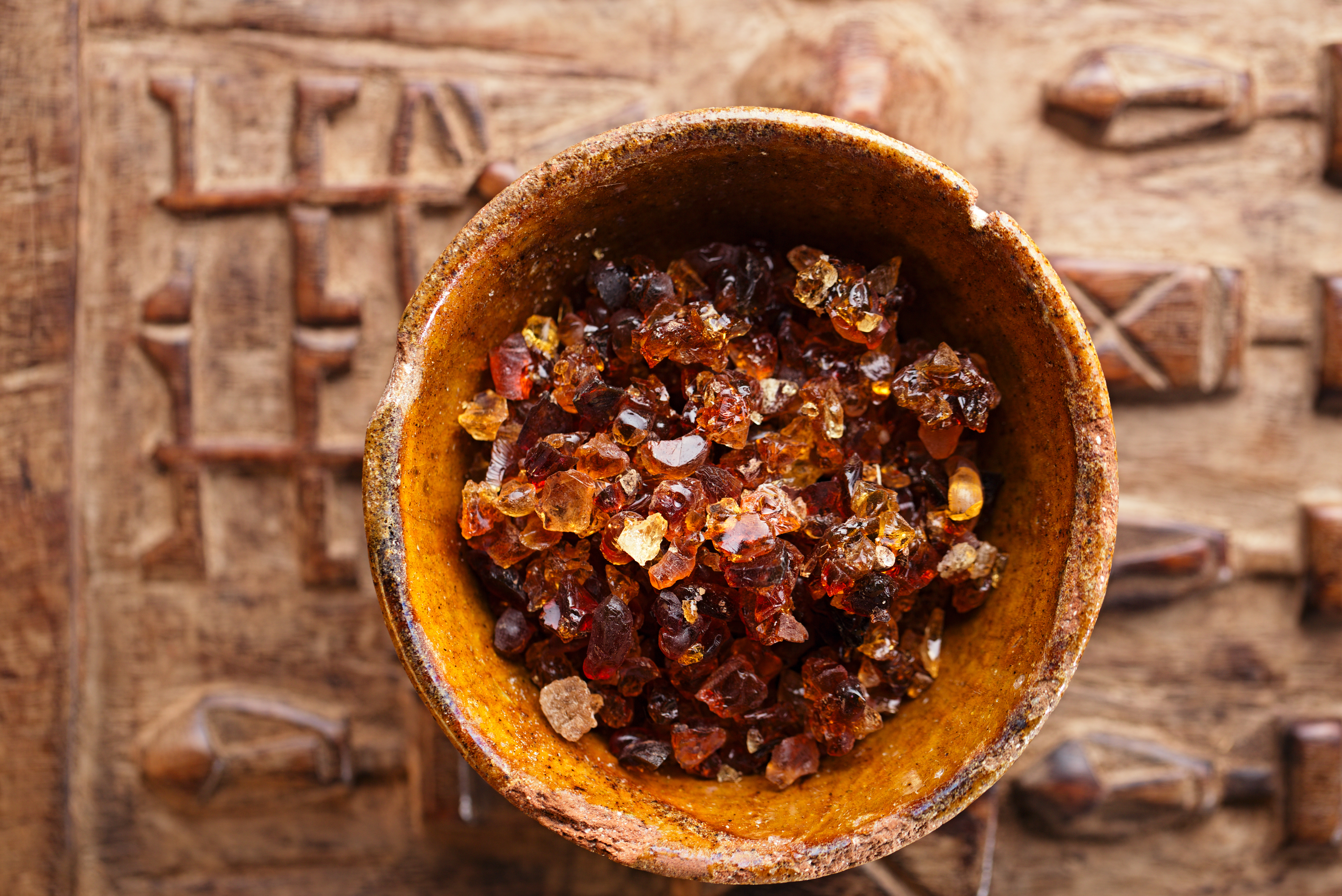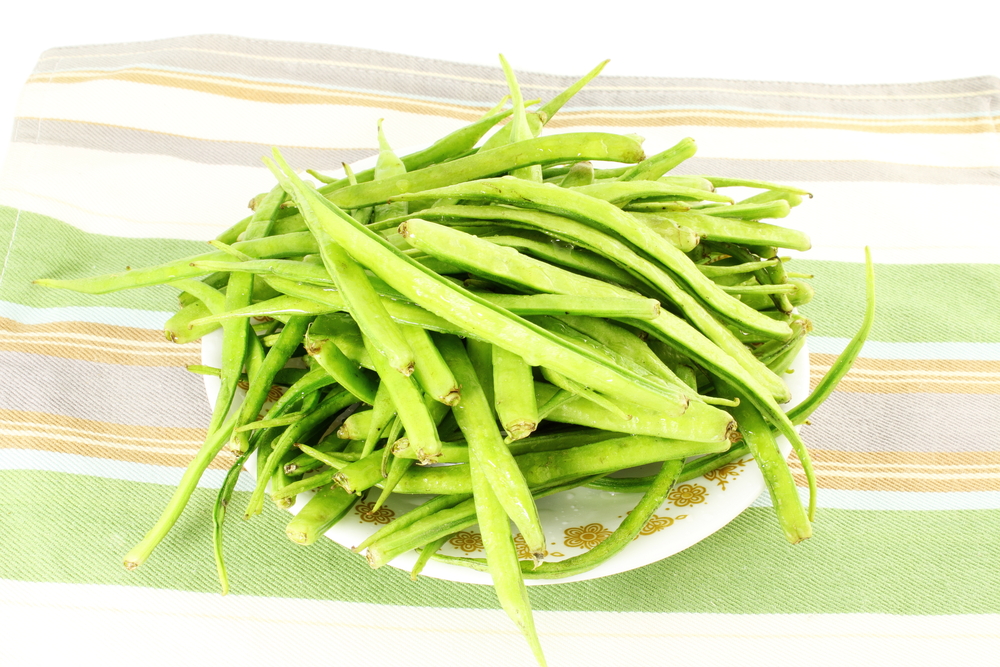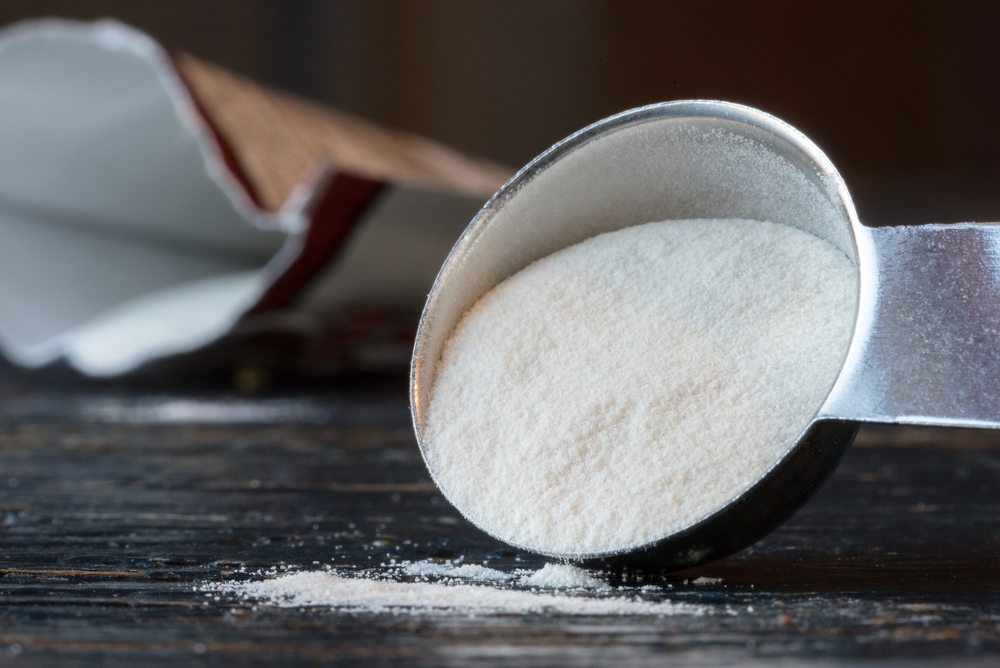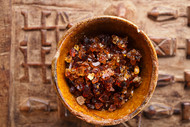Arabic Gum Substitutes and How To Use Them
By on Jan 28th 2021

Arabic gum is currently one of the most expensive gums on the market, and that doesn’t seem like it is going to change any time soon. Arabic gum comes from the dried sap of the acacia tree. The primary exporter of this gum is a country in Africa called Sudan.
This is one of the reasons why it is so expensive, Sudan has recently been embroiled in a civil war and seems like it is going to be unstable for a while. Although there are other reasons to switch besides the price, you could actually improve your baking.
There are a lot of different types of gums out there and you might not know which ones to use or how to use them, but don’t worry we have your back.
There are quite a few different alternatives to Arabic gum but the main two we are going to focus on today are Guar gum and Xanthan gum as they are some of the most versatile.
Guar Gum

Guar gum is up first. Guar gum is derived from the seeds of the plant with a similar name of guar sometimes referred to as the cluster bean plant. This plant is so old we don’t know exactly where it came from. It was traded as a commodity since the early 9th century A.D.
Guar gum even played a role in World War 2 where it was used by the united states as a substitute for locust bean gum. Needless to say, the history of Guar Gum is quite rich.
Xanthan Gum

Xanthan gum is our next key player. Xanthan gum is made through the fermentation of glucose and sucrose (normally from corn) using the microorganism Xanthomonas campestris. This might seem scary to some but many things that we enjoy are made with the help of microorganisms.
You might be familiar with yeast which is used in everything from baking to making alcohol. Overall, microorganisms are a great help when they are used correctly.
How to Use These Gums
Where can these gums be used? A better question would be where can these gums not be used. They are extremely versatile as such they have become an important ingredient in ice-cream to salad dressing.
We can’t definitively say how much gum is needed as a substitute for one or the other all the time, as this will vary depending on the recipe and the needs. We can however speak in general terms.
When adding Arabic gum much more is needed, about 5% of the total mixture being made. This is quite a lot. And when adding gums less is more, Guar gum and Xanthan gum are used in much smaller quantities, usually 0.1-1.5% and 0.05-0.35% of a mixture respectively. This is great as it keeps the cost down and gets the benefits of gum with less actually added.
If you are following a gluten-free diet or vegan, you’re in luck as these gums are great in conjunction with gluten-free flour or to help with lost consistency without dairy. When making bread or dough recipes you will generally want to use 1 teaspoon of xanthan gum or guar gum per cup of gluten-free flour. If you plan on making a cake or muffins you should use ½ teaspoon of xanthan or guar gum per 1 cup of gluten-free flour.
Arabic gum is commonly used alone, but that isn’t the case with other gums. Depending on what your goals are you can add in different gums to create different consistencies or gels. For example, if you want an ice cream to be thick you can use Xanthan gum and Guar gum together. If you would like to create something that is more gel like you can opt to use guar gum with agar gum (comes from seaweed). The possibilities are endless, tell us what you use gums for and which ones you use!
Here at Ingredi.com we carry both Guar Gum and Xanthan Gum. See links below:
Guar Gum Powder, FSD-3 | Bulk 50 lb Bag
Xanthan Gum GMO Free, FUGFENG 80 | 25 kg Bag
Xanthan Gum NF/ FCC, NovaXan 80 | 55 lbs Carton
Don't forget to take advantage of Ingedi's Bulk Pricing option to save even more!
Sources:
https://www.ncbi.nlm.nih.gov/pmc/articles/PMC3931889/
https://www.bobsredmill.com/blog/healthy-living/wiw-xanthan-gum
https://www.yourarticlelibrary.com/biology/use-of-microorganisms-as-important-household-industrial-products/14024
https://blog.modernistpantry.com/advice/a-guide-to-gums/
https://draxe.com/nutrition/gum-arabic/
https://www.cbi.eu/market-information/natural-food-additives/gum-arabic
https://bakerpedia.com/ingredients/gums/
https://bakerpedia.com/ingredients/xanthan-gum/
https://bakerpedia.com/ingredients/acacia-gum/
https://bakerpedia.com/ingredients/guar-gum/






